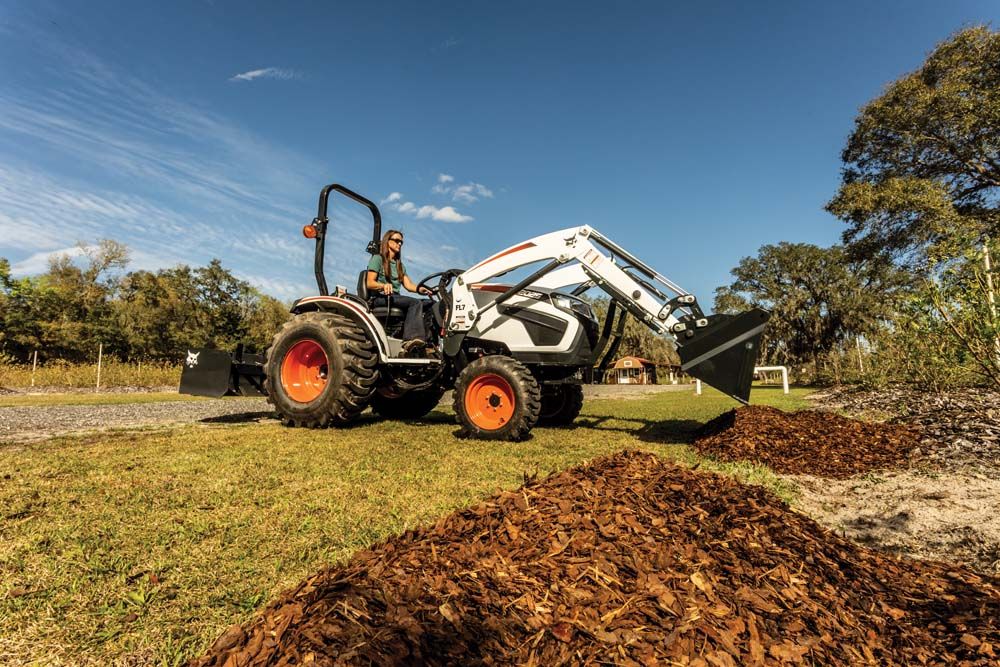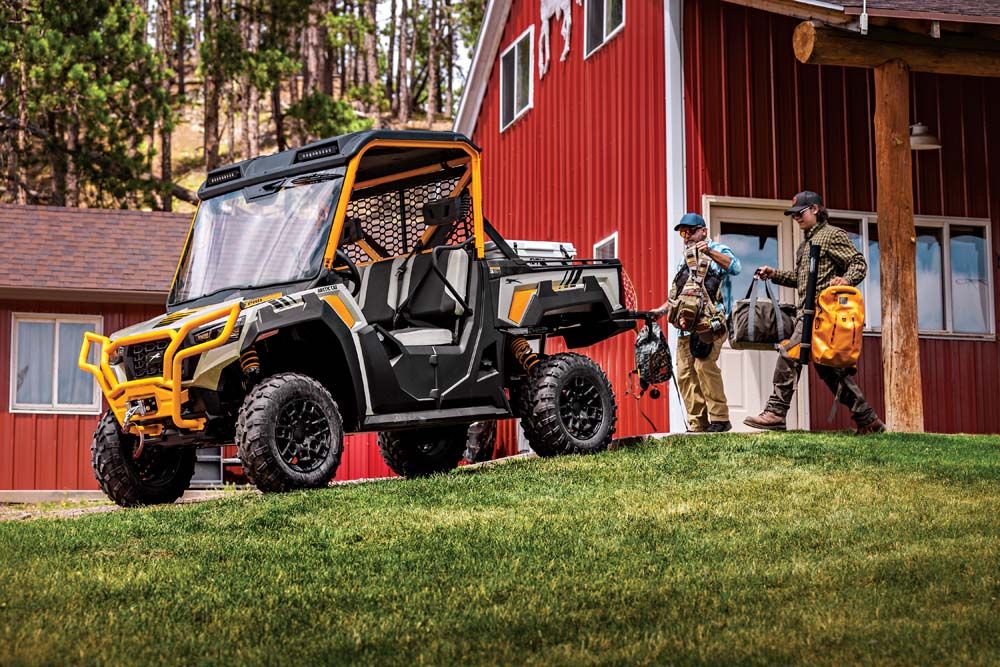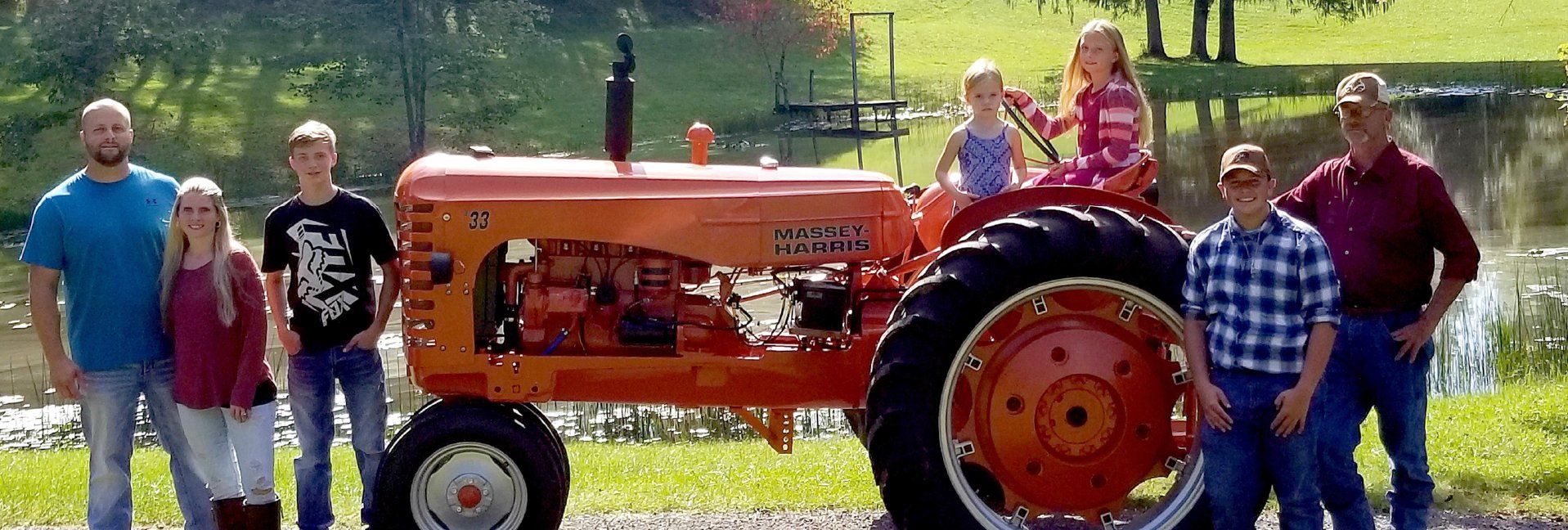Hand-Held Danger
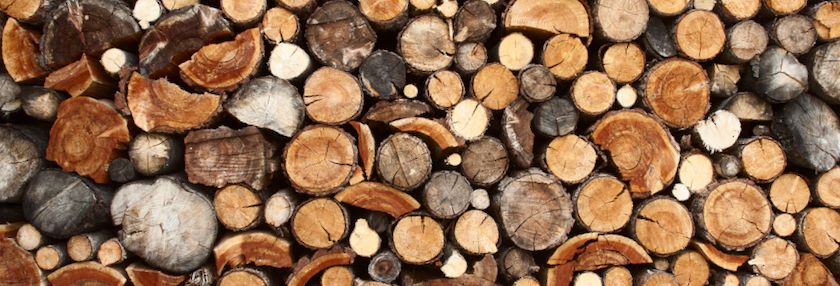

Chain saw safety is no accident
At this writing, literally hundreds of thousands of trees are being removed in Iowa, caused by an unusual “inland hurricane” (called a derecho) that swept across three states in August. Disasters of this magnitude is usually reserved for southern hurricanes, or plains tornadoes.
Neighbors are helping neighbors clear tons of debris…and almost none of them is a professional logger. Local hospitals are seeing many minor injuries related to this storm. Pulled muscles and damaged fingers and toes from moving heavy debris have taken people out of action, but so have a few chain saw accidents.
When this happens, the word “gruesome” springs to mind. Here are some safety tips that may be a bit different from what you’re used to.
Don’t be a dope
Safety experts often note that there are multiple reasons why accidents happen. Most could have been avoided if some common sense is used. If you answer “yes” to any of these questions, you might be a dope:
- Should you be smoking while refilling your chain saw?
- Are shorts, t-shirt, and sandals the best apparel for work like this?
- Do you work alone deep in the woods or when tree-sized limbs are involved?
- Should you use the rounded tip of the saw to hollow out an area?
- Do you use your saw one-handed for that one limb that’s almost out of reach?
Tools are just tools
And a chain saw is a powerful tool that should be kept in good shape.
First, always use fresh fuel. Old fuel in the reservoir or your dispensing container will cause gumming in the fuel tank and carburetor and hard starting. If the manufacturer says to avoid ethanol blends, heed their advice.
Check for a clear air filter and soot-free spark plug. Replace the spark plug if it is worn. Air filters are cheap. The last thing you want is to be half-way through a big log or limb and have it stall out.
Start with a clean, sharp saw chain, properly tensioned. If you remember how effortlessly your brand-new chain saw cut through even the toughest wood, this is the way it should work all the time. Buy a sharpening kit and use it often.
SAFETY TIP: Even though you’ll have the cutting bar firmly in your workshop vice (Right, everybody?), disconnect the spark plug…just in case.
Some people are comfortable sharpening with the file in the field, but this is just a stopgap measure—do it right and do it often before heading out to do battle with tree limbs.
Wear the right thing
There’s so much that can go wrong when operating a chain saw, the word “respect” doesn’t even begin to address it. Caution, perhaps?
Medical science is a wonderful thing, but there is little medicine can do when a speeding saw chain cuts through flesh. The best way to ensure that doesn’t happen—apart from not being a dope—is to wear the right safety apparel.
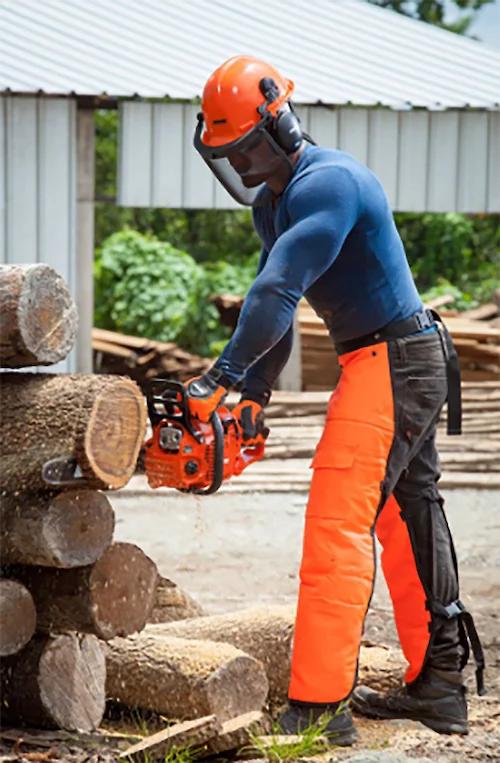
Deep-six comfy cotton work gloves and invest in some kevlar gloves. Kevlar doesn’t make your hands bullet-proof, but a couple layers of it can offer significant resistance to a cutting chain.
If you’re looking at many hours of chain saw work every season, it will pay to invest in some safety chaps (that go over your pants) or pants specifically made for arborists. These protect your legs by shredding and knotting up when a cutting tooth connects, activating your saw’s chain brake.
Eye protection is a must. Wood chips are tiny, sharp, angular, and fly at tremendous speeds. Regular eyeglasses offer zero protection, so invest in some safety goggles. If you need to wear eyeglasses to see, invest in a safety helmet with a face shield.
It’s never a bad idea to have some hearing protection, too. Hour after hour of a buzzing saw will take its toll for years. You might buy extra sets to keep in larger equipment, too.
Plan your cuts
In the best possible situation, you would be facing a pole-straight log suspended at waist height, but that rarely happens until after the tree is down.
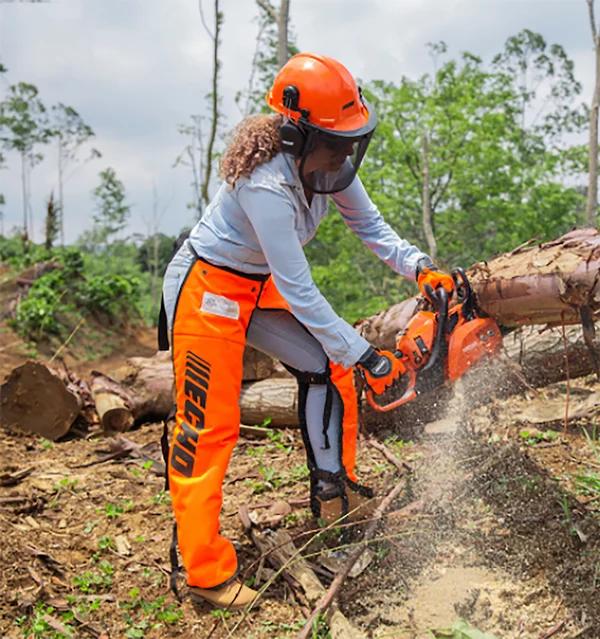
Large-diameter logs may require undercutting—from the bottom side—but only to offer some release of tension on top. Never try to cut a log more than half way by undercutting or your saw will bind and you’ll be stuck. Similarly, undercutting can help if the log is supported on both the left and right side of your cut—as it sags, it will crimp the top together.
Probably the best plan is to have help whenever you use a chain saw. As smaller branches and limbs are cut, your helper can move them out of the way before making the next cut, allowing you to be safe and efficient.
Review proper chainsaw cutting technique
Tags:Acreage Accents

Acreage Life is part of the Catalyst Communications Network publication family.





